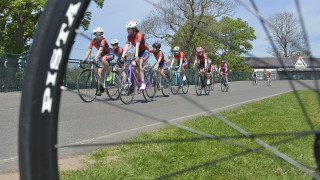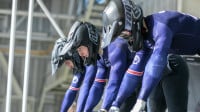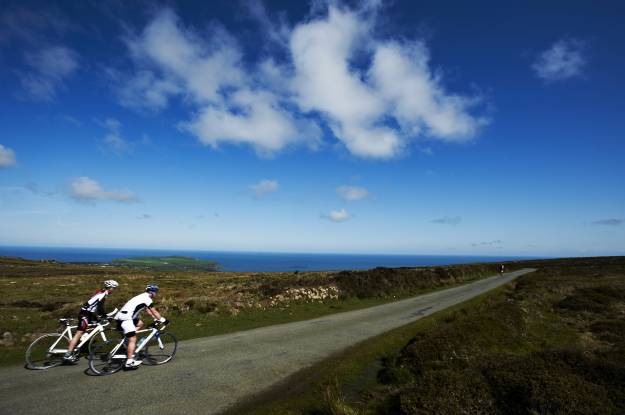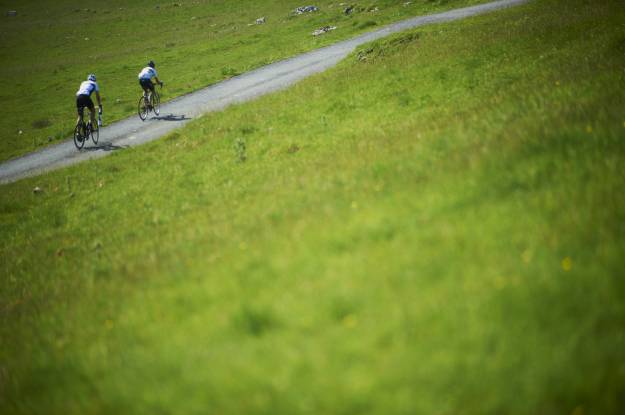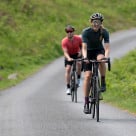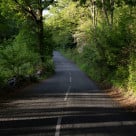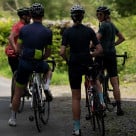British Cycling - alongside Welcome to Yorkshire and UK Sport - has won the right to host the 2019 UCI Road Cycling World Championships.
The successful bid promises not just world-class cycle races, but also a genuine legacy for cycling across the country. Government backing for the event includes a £15m fund for cycling facility projects, which British Cycling will manage.
The funding will be targeted at building new cycle sport facilities which can cater for one or more of the six cycling disciplines: track, road, BMX, mountain bike, cycle speedway and cyclo-cross.
£15m.
— British Cycling (@BritishCycling) October 12, 2016
The 2019 UCI Road World Championships will deliver a legacy of cycle sport facilitieshttps://t.co/Rq6KQ6g5Tk#Yorkshire2019 pic.twitter.com/OrWNbmJzf9
To develop these facilities, British Cycling will be seeking match funding from eligible partners who can clearly demonstrate the need and impact of a new cycling facility in their area, and how it will be sustainable for years to come.
British Cycling’s chief executive, Ian Drake, said: “To get £15 million to invest in cycle sport facilities is massive and will truly leave a lasting legacy for this event across England.
“While we’ve been working with local authorities to build dozens of new facilities over the last decade, this is an opportunity to ensure that every area of the country has access to a closed road circuit, velodrome, BMX track or mountain bike trail. This is transformational for the sport and will inspire thousands of people to take up cycling.”
Apply for funding
The fund will be formally launched and open for applications in early 2017 with the first round of funding awarded in the 2017/18 financial year. British Cycling is now inviting expressions of interest from potential partners ahead of the fund being open for applications. To register interest, please e-mail British Cycling’s facilities team, at facilities@britishcycling.org.uk.
Road
A closed-road circuit (CRC) is a traffic-free roadway, designed and constructed to the same specification as a public highway. CRCs are used for competitive cycle sport events, road racing, recreational organised events and informal cycling in a traffic-free environment.
Track
Velodromes can be either indoor or outdoor venues and can range in length from less than 200 to over 400 metres, with surfaces made from wood (indoors) and tarmac (outdoors). Tracks are banked to varying degrees to enable riders to maintain high speeds. Olympic standard venues are indoor 250-metre wooden tracks built to a specific profile.
BMX
BMX race tracks are compact and self-contained facilities. A BMX race track is a mixture of straights and turns with a total length of 300 to 400 metres.
There is no set format for the track, but typically there are four straights and three banked turns (berms). Straights include a variety of jumps including table tops, gap jumps and rhythm sections, and other obstacles for riders to challenge themselves against.
Mountain bike
Mountain biking takes place at a variety of off road venues. Mountain bike trails are used for competitive cycle sport events - cross-country, downhill and four cross, and for coaching activities, recreational organised events and informal cycling in a traffic-free environment.
Cycle speedway
Oval-shaped shale tracks are the domain of cycle speedway. Born on the bombsites of post war Europe, cycle speedway tracks are among the simplest of cycle sport facilities. Tracks are 70-90 metres in length, with enough width for four riders to race shoulder-to-shoulder. Speedway is an almost solely club-run sport, with clubs maintaining their own venues.
Cyclo-cross
Cyclo-cross takes place in off-road non-permanent venues such as public parks and other open spaces. Surfaces can include grass, mud, gravel and sand. Courses are short and winding, enabling multiple laps to be completed within a set distance.
Courses often feature obstacles such as hurdles and sand pits, forcing riders to dismount and carry or run with their bikes. Some courses are more technical than others, featuring tight single-track trails, tree roots and other obstacles.

